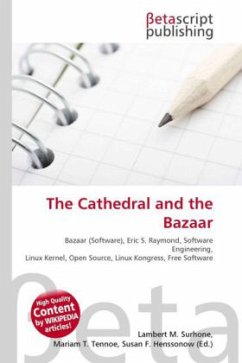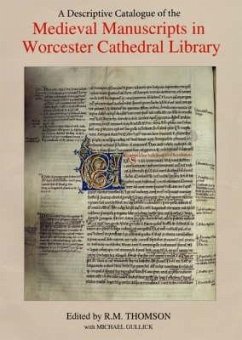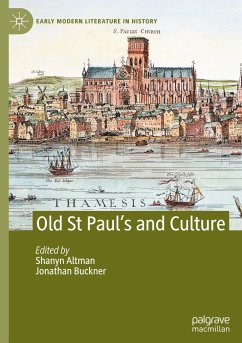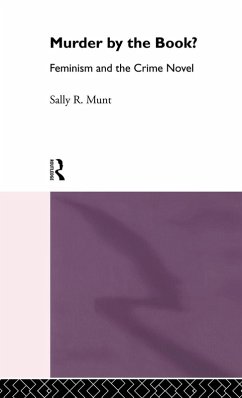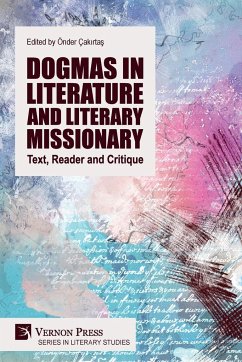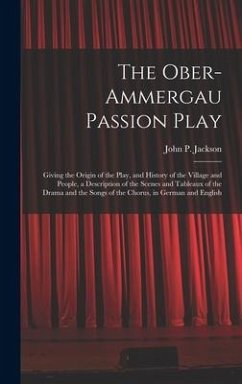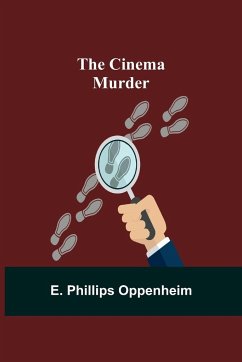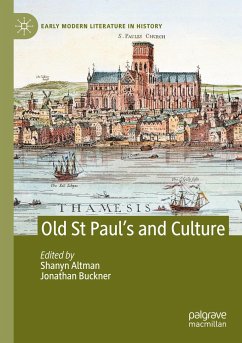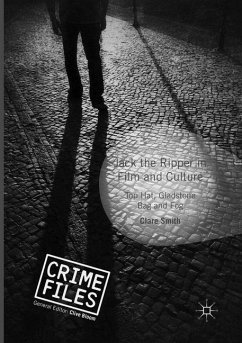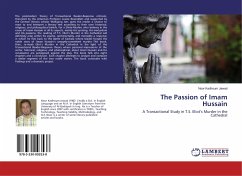
The Passion of Imam Hussain
A Transactional Study in T.S. Eliot's Murder in the Cathedral
Versandkostenfrei!
Versandfertig in 6-10 Tagen
33,99 €
inkl. MwSt.

PAYBACK Punkte
17 °P sammeln!
The postmodern theory of Transactional Reader-Response criticism, theorized by the American Professor Louise Rosenblatt and supported by the German literary scholar Wolfgang Iser, gives the reader a chance to react to and interpret a literary text according to their own historical, religious, and philosophical beliefs. For a Shiite-Muslim, who believes in the cause of Imam Hussain in all its aspects, mainly His uprising, His martyrdom and His passions, the reading of T.S. Eliot's Murder in the Cathedral will definitely arise within his psyche, sentimentality, and mentality a response in which ...
The postmodern theory of Transactional Reader-Response criticism, theorized by the American Professor Louise Rosenblatt and supported by the German literary scholar Wolfgang Iser, gives the reader a chance to react to and interpret a literary text according to their own historical, religious, and philosophical beliefs. For a Shiite-Muslim, who believes in the cause of Imam Hussain in all its aspects, mainly His uprising, His martyrdom and His passions, the reading of T.S. Eliot's Murder in the Cathedral will definitely arise within his psyche, sentimentality, and mentality a response in which he flies back to the Battle of Karbala where blades forged the noble story of Imam Hussain's savagely-committed murder. This book, then, re-reads Eliot's Murder in the Cathedral in the light of the Transactional Reader-Response theory where personal impressions of the writer, historical, religious, and philosophical, about Imam Hussain and His renaissance are juxtaposed against the play. Thebook falls into eight chapters and a conclusion. Each chapter attempts to analyze and compare a similar segment of the two noble stories. The book concludes with findings and a dramatic project.



